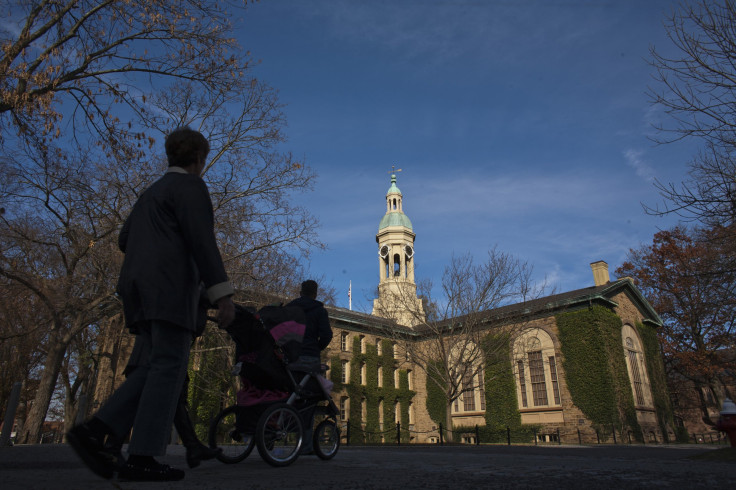Education Researchers Aim To Scrutinize College Rankings

College and university rankings have long driven battles for prestige among higher education institutions despite skepticism and criticism from some industry professionals over how the rankings are calculated. But some higher education researchers are aiming to take a closer look at ranking methodologies to see if colleges might be able to use them, rather than fixating on the criticism.
Henry Braun, a Boston College professor and director of the college’s Center for the Study of Testing, Evaluation and Educational Policy, told a meeting of the American Education Research Association Saturday it was time to focus research tools on the controversial rankings systems. “This is a subject that deserves more scholarly attention, rather than just bashing rankings outright,” he said in a Boston College news release.
He noted while parents and students had strong interest in paying attention to the rankings, university officials were “less enthusiastic and offer many criticisms.” Saturday’s discussion expanded on a conference from last year among professors, researchers administrators and people who calculate rankings to discuss the effect of college rankings on higher education institutions.
The U.S. News & World Report ranking of colleges and universities, perhaps the most popular annual rankings list, is released every September. Ivy League universities Harvard, Yale and Princeton generally occupy the top three slots. In 2014 Princeton took the No. 1 spot. The company uses data on student selectivity, graduation rates, student retention, assessments from peer schools and alumni giving to tabulate the final numbers.
The Princeton Review also issues an annual ranking on colleges and universities throughout the country, based on surveys given to students about the quality of their experiences at their respective institutions. Their results are categorized under specific labels such as Happiest Students, Best-Run College, Best Financial Aid and Best Career Services.
The Obama administration has touted plans for a federal ranking system that would tie federal student aid to a school’s placement on the list. That system would emphasize access and affordability, incorporating graduation rates, how much students pay on average for loans, and income levels for students and graduates into the algorithm for ranking each school. The U.S. Department of Education said it plans to release its first ratings before this fall, when the 2015-16 school year begins.
© Copyright IBTimes 2024. All rights reserved.






















